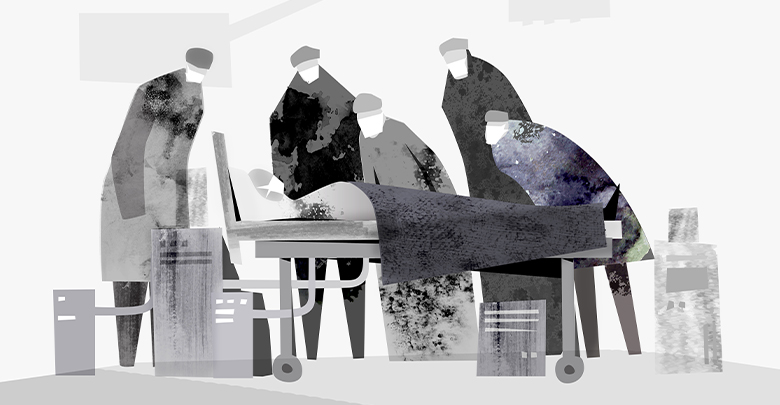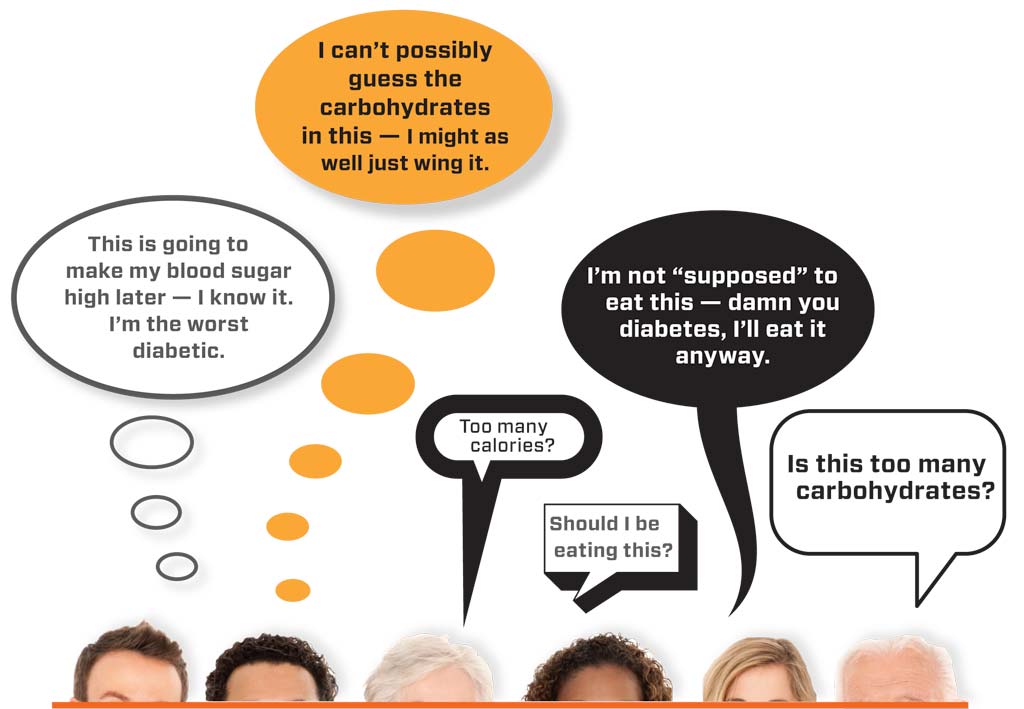High Covid-19 Death Rates Explained
People with Type 1 Diabetes are surprisingly vulnerable to COVID morbidity but age and cardiovascular disease matter most

Even in the earliest days of the coronavirus pandemic, it was well-known amongst the medical and scientific communities that diabetic patients appeared to be at a higher risk for hospitalization and death compared to the general population.
However, the specifics in regard to this trend were not well known. Particularly, how did death rates and risk factors differ between type 1 and type 2 diabetics?
Now, thanks to the information provided by researchers using data from NHS England, we have some concrete numbers on how COVID-19 specifically affects people with type 1 diabetes.
Type 1 Diabetics Have the Highest Risk of Death from COVID-19
Since the beginning of the pandemic, diabetic patients have made up a disproportionate number of those succumbing to the disease.
Early data seemed to indicate that diabetics with complications were the most likely to have an increased risk of death.
Since type 2 diabetics, in general, are more likely to suffer from obesity, high blood pressure, and other known COVID-19 risk factors, the early assumption was that type 2s were at an increased risk compared to type 1s and that healthy type 1s without complications did not suffer a higher risk of hospitalization or death.
However, this most recent data, which looked at the health records of over 60 million individuals in England, found that type 1 diabetics actually have three and a half times the risk of dying in-hospital from COVID-19 compared to non-diabetics. Type 2s, by contrast, are only twice as likely to die.
People with type 1diabetes more 3½ times more likely to die in-hospital from COVID-19 compared to non-diabetics.
These rates remain true regardless of sex, age, ethnicity, and region. When researchers also accounted for the additional risk associated with a previous hospitalization due to heart attack or cardiovascular disease, the rates dropped somewhat, but type 1s still had a higher risk than type 2s at 2.86 and 1.81, respectively.
Why Are Type 1s at Higher Risk?
Unfortunately, this UK study provided few answers as to why type 1 diabetics are at such a higher risk for mortality due to COVID-19 compared to other diabetics and the general public.
They did pose a few theories, however.
Type 1 differs from type 2 in pathophysiology, specifically in that type 1 is caused by a defective immune system. We already know that type 1s are at an increased risk for infection, especially from bacterial pathogens. But it is possible that similar factors may work against a type 1 who is infected with this strain of coronavirus.
Varying patterns of diabetic complications may also put type 1s at higher risk.
While it is more likely that an older person will have type 2 over type 1, those who are living with type 1 are more likely to have had diabetes for longer. Since diabetic complications increase with the amount of time a person has had the condition and type 1 is most often diagnosed at a young age, elderly people living with type 1 typically have more complications than elderly people with type 2.
The researchers also pose that there may be some unknown effects of conditions like hypoglycemia and type 1 treatment measures that negatively affect our ability to fight off this virus.
While not directly mentioned in the paper, it is also possible that type 1 diabetics may be receiving less than optimal care for their diabetes while in the hospital being treated for COVID-19.
Poorly managed T1D can quickly interfere with the body’s ability to fight off infection or function normally. Because type 1 diabetes is a more complicated disease to manage than type 2 in terms of insulin dosing, time commitment, and the greatly increased risk of hyper and hypoglycemia, any reduction in the quality of diabetes care a T1D receives is far more likely to impact their ability to recover from COVID-19.
Age is Still the Biggest Risk Factor
While a three and half times greater risk of death seems like a huge number, it is important to remember that this is just one factor to be considered in a person’s overall mortality risk.
Age, by far, still appears to be the greatest factor in determining who is at the highest risk for hospitalization and death.
While the mortality rates vary from country to country, most models show similar calculations for mortality risk by age:
- Below 30 – under 0.2%
- 30 to 39 – 0.2% to 0.3%
- 40 to 49 – 0.4%
- 50 to 59 – 1% to 1.3%
- 60 to 69 – 3.5%
- 70 to 79 – 8% to 12.8%
- 80 and up – 14.8% to 20.2%
This means that an otherwise healthy 45-year-old has an 0.4% mortality risk and if they have type 1 diabetes this mortality risk increases to 1.4% (3.5 x 0.4%), a number that is still significantly lower than the 3.5% mortality risk of a non-diabetic 60-year-old.
Cardiovascular Risk Most Significant Condition
While diabetes in any form appears to be one of the larger determining factors in COVID-19 mortality, cardiovascular disease still remains the most significant health condition in determining COVID outcomes.
The overall fatality rate of COVID-19 is about 2.3%, however, the mortality rate for those with cardiovascular disease is much higher, at 10.5%.
How Can You Protect Yourself?
As someone living with type 1 who may or may not have secondary complicating factors (advanced age, heart conditions, etc.) it is important that you take extra precautions to protect yourself, especially in light of these most recent findings.
Here are some steps every diabetic should take to assure the best outcome for themselves:
- Continue social distancing even as cities begin to reopen
- Continue to wash your hands and use a facemask whenever you go out
- Avoid unnecessary trips to crowded locations
- Have family and other members of the household take advanced precautions to avoid bringing germs into the house
- Get familiar with what rights you have to care for your own diabetes in the event that you are hospitalized (these rights vary by region)
- Create contingency plans for diabetes care should you be hospitalized and incapable of caring for your diabetes yourself (your endocrinologist may be a good resource here); Keep in mind that your family will likely not be allowed to stay with you
- Continue to manage your diabetes as well as possible to help your body stay strong and healthy
As disheartening as these new findings are, it is important to keep in mind that you can take steps to reduce your risk of being hospitalized or succumbing to COVID-19 by reducing your overall exposure to the virus.







